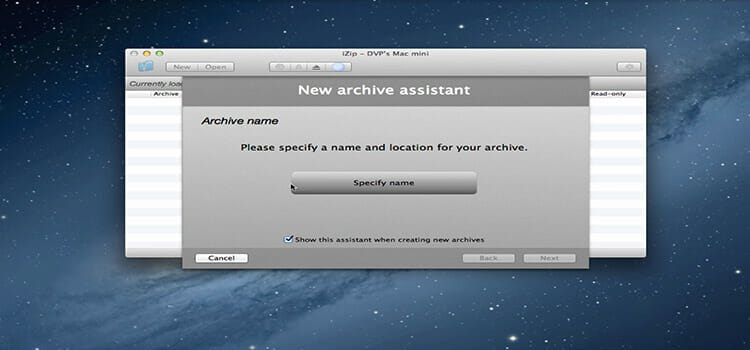

Simply double-click the zip file and the unzipped version will show up alongside it. Opening a Zip FileĬompressing a file to save space is all nice and well, but how do you open it later? Well, this part is even easier than the zipping. These are Mac system files and you can ignore them. They’re files and folders with dots or underscores in the filename. If you’re sending the zip file to a Windows user, they’ll see some “dotfiles” as well. Click the folder while holding Ctrl and select Compress. Drag the files you want to zip into the folder and hold Alt before releasing the mouse button. To compress several files at once, you’ll need to create a new folder.

#HOW DO YOU ENCRYPT FILES IN A ZIP FILE ON A MAC HOW TO#
Read more on how to delete files from a Mac. Once you have a compressed version of a file, you can safely delete the original.

Then, click “Save archive,” select “into,” and choose your new destination. Click the dropdown menu at the top and select Preferences. If you want to save your compressed files in a specific place, head to Archive Utility. Larger files and folders may take a while to compress, so be patient. Zipping a file (whether it’s a video, picture, document, or something else) on a Mac is very easy.įirst, right-click the file you want to compress and select “Compress file.” Wait for a bit and you’ll soon see a. How do you compress or zip files on a Mac? This guide has all the information you need! How to Zip a File on a Mac This is also a good idea if you’re planning on sending these files to someone else. That said, what if you have an older Mac device that’s running out of space? Well, one solution is to compress some files so they take up less space. Fortunately, Apple is aware of this and seems intent to fix it. Lack of storage space has long been one of the main cons of Mac computers.


 0 kommentar(er)
0 kommentar(er)
